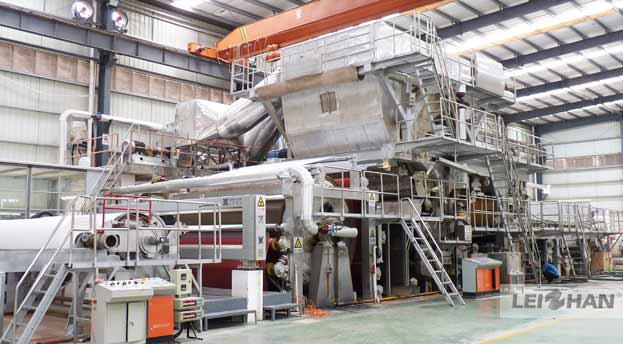The Latest Market Analysis of Paper Industry
The Whole Demand of Paper
For the market situation between 2000 and 2030, there is no big change from the demand for global paper and paperboard, there is growth rate of 1-2%, among which living paper is the most important driving force.
Overview of Paper Pulp
Broad-leaved pulp demand basically grows by 3%, capacity growth is slightly faster than demand growth. Coniferous pulp is also facing a similar situation, there is about 2% capacity growth, and 1% -1.5% demand growth. It is difficult to predict the decline in capacity, this year the major Asian market supply reductions may be close to 800,000 tons. Over all, this year the entire broad-leaved pulp net increase may be more than 70 million tons, and a conservative estimate of demand growth may be more than 80 million tons.
The main driving force of the market
From a regional perspective, China and India will be the main driving force. India’s growth rate is actually faster than China, and all the papers are growing. Compared to the growth in demand in India, there is no corresponding capacity expansion, which will provide a good opportunity for the surrounding areas of Asia to export to India and related markets.
Four major changes in China’s paper industry
Since the second half of last year, this round of the price increase is different from the previous, first, times are frequent; second, gains are obvious; third, implementation is firm; fourth, the value of paper mills returns, and the profitability is greatly improved. Among them, coated pape
r, white card profit is almost twice that of last year.
Welcome
Leizhan paper pulp machine are mainly about pressure screen( M.C. pressure screen, Inflow pressure screen ), Drum Pulper VS D type Hydrapulper, Bale Opener, waste paper Chain Conveyor, Pulp Pump, Vertical Hydrapulper, Light Impurity Separator, Auto-cleaning Vibrating Screen, Reject Separator, refiner equipment, etc.
Leizhan Products
- Three Wires Cardboard Paper Machine
- Tissue Paper Machine Making Machine
- 4600 Low Weight High Strength Corrugated Paper Making Machine
- 4400/350 Triple Layer Liner Cardboard Paper Machine
- 4200 High Strength Corrugated Paper Making Machine
- 3800 Five-wire Coating Board Paper Machine
- 3700 Four Layer Cardboard Paper Machine
- Double Layer Kraft Paper Machine
- Slurry Approach System for Paper Making
- Kraft Liner/Testliner Paper Machine
- Drum Pulper Following Development Trend of Paper Industry
- High-speed Pulp Washing Machine
- ZG Series Drum Pulper
- ZDSD Series D Type Hydrapulper
- ZDSG Series High Consistency Hydrapulper
- ZDS Series Vertical Hydrapulper
- ZDSZ Series M.C. Hydrapulper
- SBJ Series Bales Breaker
- ZST Series Drum Screen
- Rope Cutter
- ZNS Series Mid Consistency Pressure Screen
- NLS Series Inflow Pressure Screen
- FQJ Series Light Impurity Separator
- PZ Series Reject Separator
- ZSK Series Auto-cleaning Vibrating Screen
- ZDFD Series Single Effect Fiber Separator
- ZDF Series Single Fiber Separator
- ZSF Series Hydrapurger
- UV Series Up Flow Pressure Screen
Paper Machinery Co., LTD.
E-mail: leizhanchina@gmail.com
Tel : +86-371-5512-9198
WhatsApp: +86-13783579051


